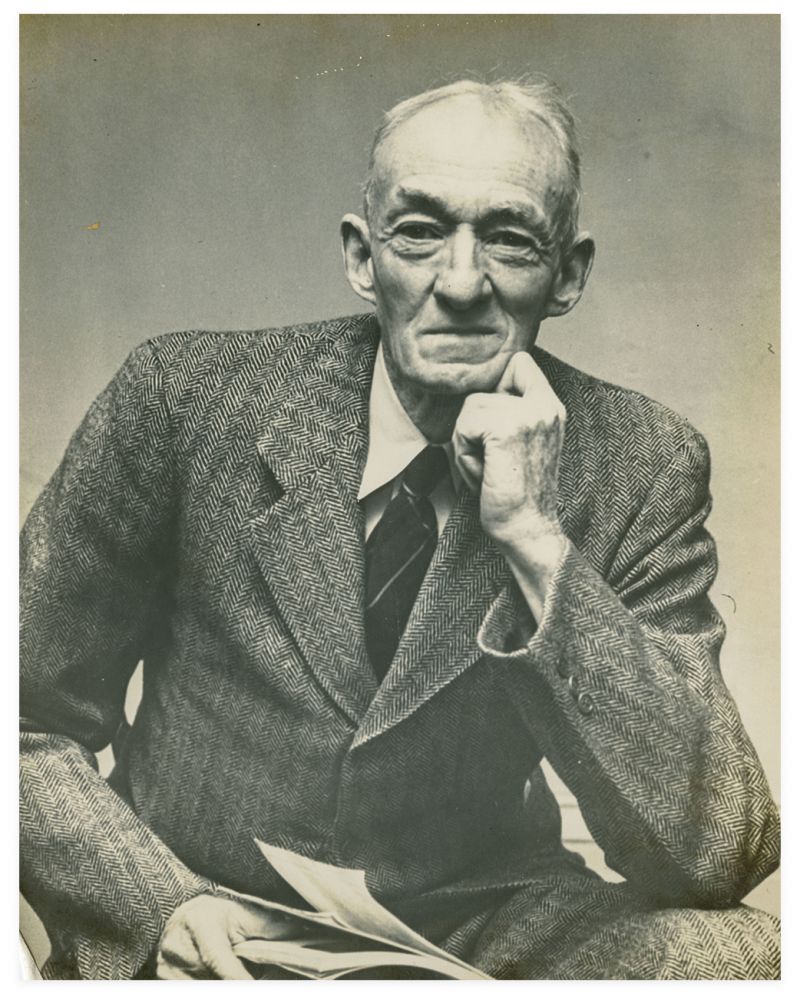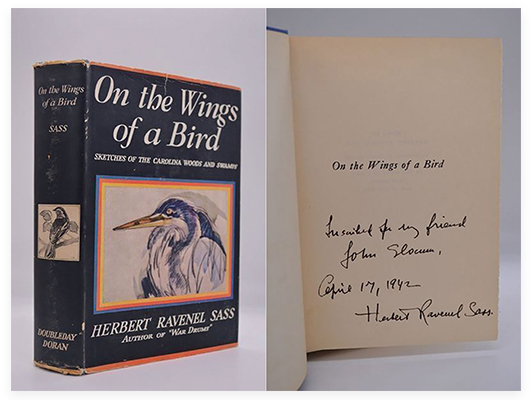Learn about the long-running “Woods and Water” columnist

Once described as “shy as a box-tortoise” by Charleston author John Bennett, Herbert Ravenel Sass wrote about nature in his newspaper column and books, such as On the Wings of a Bird.
In October, with autumn’s relief from the heat, we’re able to comfortably enjoy cultural events the city offers or surrender to the lure of the outlying Lowcountry. Charleston native Herbert Ravenel Sass (1884-1958), who was always torn between the two, seemed happier at his rustic place on Edisto Island than his formal house on Legare Street. While committed deeply to (and closely associated with) the city’s history, he has become better known for his celebration of the area’s natural history.
Sass was the son of poet (and Charleston County master-in-equity) George Herbert Sass and grandson of Mrs. St. Julien Ravenel (Harriet Horry Ravenel), the author of the classic 1906 Charleston: The Place and the People. Sass was nicknamed “Hobo” for his wanderings through the fields and forests, maze-like marshes, and along waterways of the Lowcountry.

His long-running “Woods and Waters” column in the local press was a touchstone for hunters, fishermen, birders, and nature lovers. His stories reached national audiences through his publishing of books and articles in The Saturday Evening Post and other leading periodicals and magazines. Sass also often teamed up with his cousin, Alice Ravenel Huger Smith, whose watercolors matched his lush, evocative prose, as seen in such books as The Way of the Wild (1925), On the Wings of a Bird (1929), and Adventures in Green Places (illustrated by Smith in 1935), and he wrote the text to accompany her illustrations for A Carolina Rice Plantation of the Fifties (1936).

Sass enjoyed spending time at his rustic home on Edisto Island and wandering through the Lowcountry’s fields and forests and along its waterways.
Sass, who championed conservative racial views, also wrote historical novels—one, Look Back to Glory, a paean to the antebellum South—and at least two of his short stories were adapted into films. In 1911, The Atlantic Magazine published his essay, “Wild Life in a City Garden.” You can ponder life in an urban oasis if you visit his grave (incised with “Blessed are the Pure in Heart” ) in St. Philip’s Cemetery.